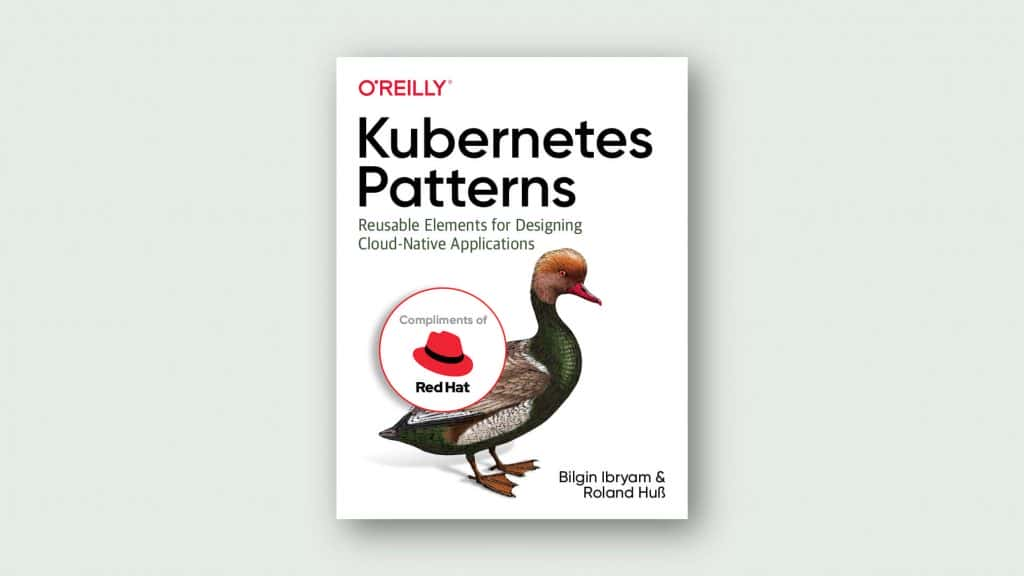Although the necessary perspective and experience for what to do with your Kubernetes cluster can be achieved through past experience with similar systems, or via trial and error, this is expensive both in terms of time and the quality of systems delivered to our end users. When you are starting to deliver mission-critical services on top of a system like Kubernetes, learning your way via trial and error simply takes too much time and results in very real problems of downtime and disruption.
This then is why Bilgin and Roland’s book is so valuable. Kubernetes Patterns enables you to learn from the previous experience that we have encoded into the APIs and tools that make up Kubernetes. Kubernetes is the by-product of the community’s experience building and delivering many different, reliable distributed systems in a variety of different environments. Each object and capability added to Kubernetes represents a foundational tool that has been designed and purpose-built to solve a specific need for the software designer. This book explains how the concepts in Kubernetes solve real-world problems and how to adapt and use these concepts to build the system that you are working on today.
In developing Kubernetes, we always said that our North Star was making the development of distributed systems a CS 101 exercise. If we have managed to achieve that goal successfully, it is books like this one that are the textbooks for such a class. Bilgin and Roland have captured the essential tools of the Kubernetes developer and distilled them into segments that are easy to approach and consume. As you finish this book, you will become aware not just of the components available to you in Kubernetes, but also the “why” and “how” of building systems with those components.
Interested in videos created exclusively for bookworms?
Watch videos about books, reading and writing. Expect weird, amazing, never known before facts and many more.





